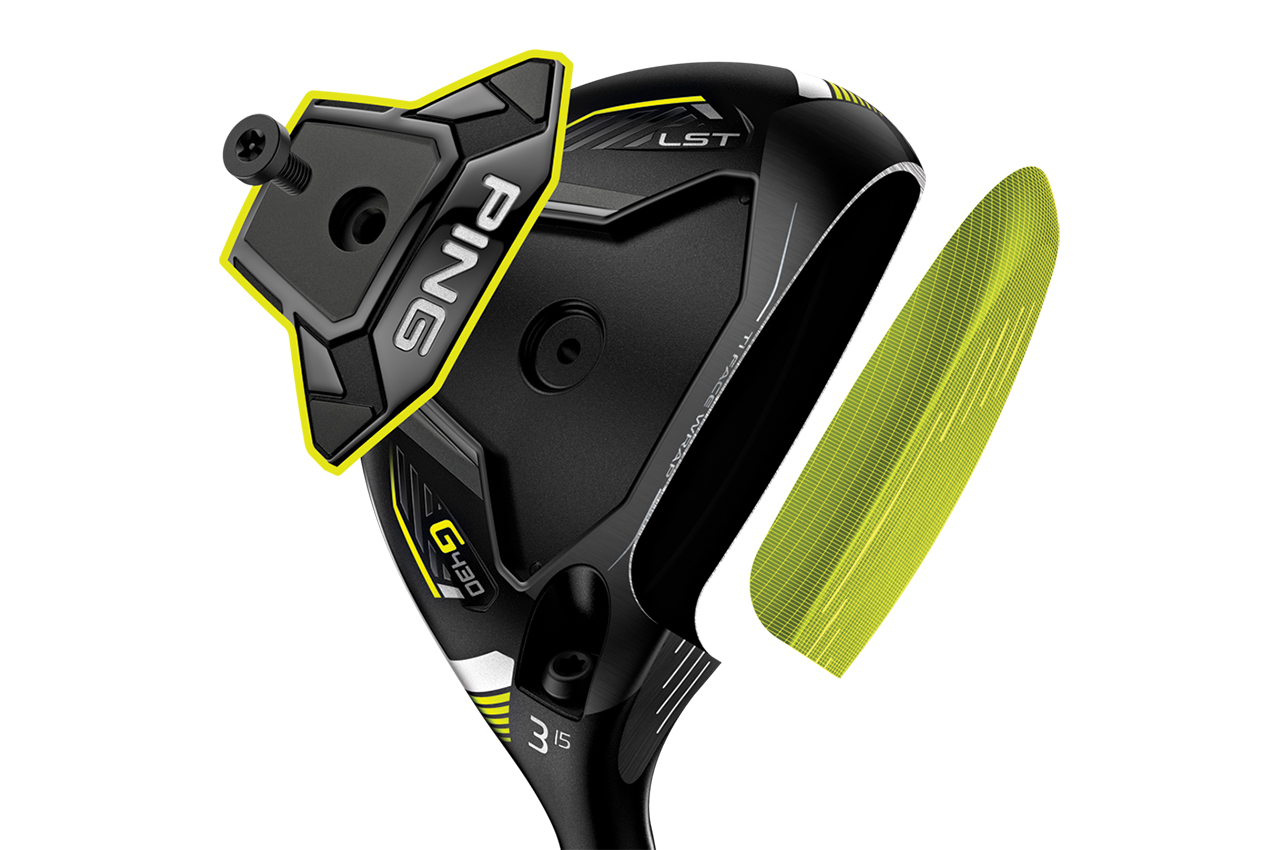Hitting golf balls on the range at TPC Summerlin in Las Vegas is terrific for your ego because shots tend to fly forever in the thin desert air. But back in 2016, as he prepared for the Shiners Children’s Open on that range, Brendan Steele was suffering from what Taylor Swift might call “Champagne Problems.” Steele, who at the time was one of the longest hitters on the PGA Tour, was testing a new 3-wood, and while every shot went dead straight and soared beautifully into the blue sky, they were carrying nearly 300 yards, which was too far.
“Nope, that’s not going to work,” Steele told the club technician, who then tinkered with the club’s adjustable hosel mechanism.
Recreational golfers would love to be told they are hitting a club too far. It had never been said to me, but last week while testing how the sliding weight affects the performance of TaylorMade’s new Qi10 Tour fairway wood, it happened.
Like a driver, the Qi10 Tour fairway woods have a titanium face and a carbon fiber crown. They also have a sliding 50-gram weight in the sole. With that weight in the center position, I was hitting shots with ball speeds around 132 mph and carry distances around 212 to 215 yards, according to a TrackMan at Chris Cote’s Golf Shop in Portland, Connecticut. However, after I slid the weight into the forward position, the ball speed on my next shot jumped to 141 mph, my carry distance increased to 228, and my total distance rose to 241 yards. Ball speeds of 140.2, 137 and then 141 followed. The shot heights were slightly lower than in the standard setting, but not significantly. It was the ball speed jump that was striking.
As someone who typically hits his driver about 235-240 yards in the air, this was the first time I’d experienced Steele’s conundrum. In this setup, this 3-wood might be going too far.
Marty Jertson is the vice president of fitting and performance for Ping and an elite player, having competed in 11 PGA Tour events, five PGA Championships and the 2012 U.S. Open. I recently talked with him at the PGA Merchandise Show about Ping’s G430 LST 3-wood, which also has a titanium construction and a carbon fiber crown, and who might be a candidate for the club. His answer was surprising.
After studying his own game, Jertson, who lives in the Phoenix area, found that 90 percent of his 3-wood shots were hit off the tee, while only 10 percent were hit off the turf, and that got him thinking.

“I decided that we needed to look at where players use their 3-wood, off the ground or off the tee, as it relates to their handicap, skill level and different splits,” Jertson said.
Using data from Ping fittings and shot-tracking system Arccos, he discovered that players who average 300 yards or more with their driver use their 3-wood 90 percent of the time off the tee and only 10 percent of the time from the fairway. Conversely, golfers with an average driver distance of 200 yards or less use their 3-wood 90 percent of the time off the turf and just 10 percent of the time off the tee. Golfers who average 250 yards off the tee with a driver use their 3-wood about 50 percent of the time off the tee and from the fairway.
This makes sense when you realize that powerful players rarely encounter a par 5 that requires them to hit a driver and then a 3-wood to reach the green in two, but club players who struggle with distance might need a driver and a 3-wood and then a hybrid or long iron to reach a par 5 in three shots.
“If you hit your driver pretty far, like me, you want to focus on your 3-wood performance off the tee during your fitting,” Jertson said. “But if you hit your driver 200 yards, you want to focus on hitting that club off the ground because, on par 4s and par 5s, you’re hitting driver 100 percent of the time.”
With that in mind and answering my question about the G430 LST 3-wood, Jertson said ultra-hot 3-woods can make sense for fast-swinging players who want an alternative to their driver when a hole requires slightly less distance. Golfers are not more accurate with 3-woods off the tee, he said, but because 3-woods hit the ball less far than drivers, 3-wood shots tend to fly less offline.
So, do moderate and slower-swinging golfers who always hit drivers off the tee need a nuclear-powered 3-wood?
“It’s overkill for them unless they have driver troubles,” Jertson said. “We’ve tested an LST versus a driver with these types of players, and a driver it just going to be more forgiving, so they may as well hit a driver.”
If you are in the market for new fairway woods, think about where you use your 3-wood, 5-wood or 7-wood most often and what you need those clubs to do. Then, talk with a good custom fitter, hit shots while the fitter uses a launch monitor and find the ideal distance gaps between all your woods and hybrids.
Below are many of the newest fairway woods that you will see in pro shops and specialty shops this spring.


